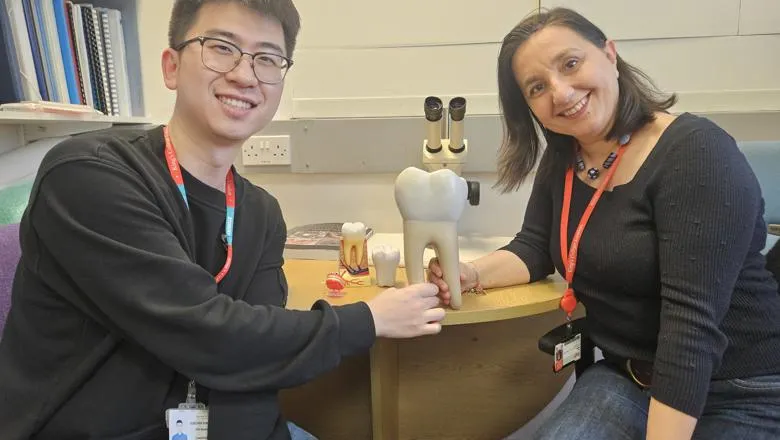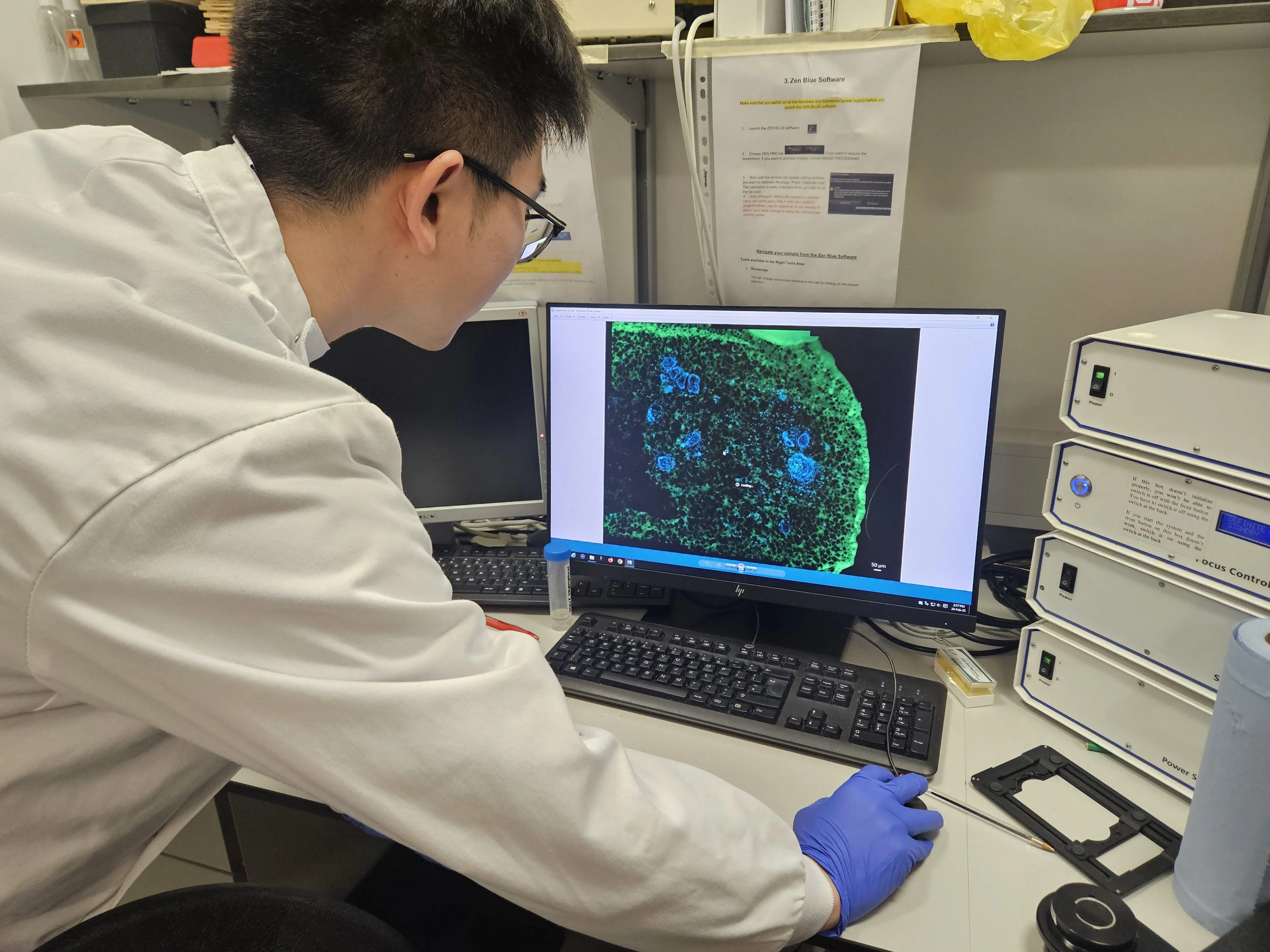Lab-grown teeth would naturally regenerate, integrating into the jaw as real teeth. They would be stronger, longer lasting, and free from rejection risks, offering a more durable and biologically compatible solution than fillings or implants.
Xuechen Zhang, from the Faculty of Dentistry, Oral & Craniofacial Sciences, King’s College London
14 April 2025
Lab-grown teeth might become an alternative to fillings following research breakthrough
Adults could one day grow their own replacement teeth instead of having fillings – as scientists make a key discovery.

This research offers a potential way to repair teeth and a natural dental treatment alternative.
While some animals like sharks and elephants can continuously grow new teeth, humans only have one set from adulthood. The ability to regenerate teeth would be a major leap forward for dentistry.
Unlike implants and fillings, which are fixed and cannot adapt over time, a lab-grown tooth made from a patient’s own cells could integrate seamlessly into the jaw and repair itself like a natural tooth.
World-leading research is taking place into this field at King’s College London, where scientists have explored lab-grown teeth for more than a decade.
Xuechen Zhang, from the Faculty of Dentistry, Oral & Craniofacial Sciences, King’s College London, said: “Fillings aren’t the best solution for reparing teeth. Over time, they will weaken tooth structure, have a limited lifespan, and can lead to further decay or sensitivity. Implants require invasive surgery and good combination of implants and alveolar bone. Both solutions are artificial and don’t fully restore natural tooth function, potentially leading to long-term complications."
In the latest study, the King’s team, in collaboration with Imperial College London, made a key discovery on the environment needed to grow teeth in the lab. They have now successfully introduced a special type of material that enables cells to communicate between each other. This means that one cell can effectively ‘tell’ another to start differentiating into a tooth cell. This mimics the environment of growing teeth and allows scientists to recreate the process of tooth development in the lab.
Xuechen said: “We developed this material in collaboration with Imperial College to replicate the environment around the cells in the body, known as the matrix. This meant that when we introduced the cultured cells, they were able to send signals to each other to start the tooth formation process.
“Previous attempts had failed, as all the signals were sent in one go. This new material releases signals slowly over time, replicating what happens in the body.”
Having successfully created the environment needed to grow teeth, scientists are now faced with the challenge of getting them from the lab to a patients’ mouths.

Xuechen added: “We have different ideas to put the teeth inside the mouth. We could transplant the young tooth cells at the location of the missing tooth and let them grow inside mouth. Alternatively, we could create the whole tooth in the lab before placing it in the patient’s mouth. For both options, we need to start the very early tooth development process in the lab.”
The research is part of a broader effort in regenerative medicine, which aims to harness biology to repair or replace damaged body parts. Instead of relying on artificial materials like metal implants or dentures, researchers are working to grow natural replacements using stem cells and bioengineered environments.
Corresponding author of the paper Dr Ana Angelova Volponi, King’s College London, said: “As the field progresses, the integration of such innovative techniques holds the potential to revolutionise dental care, offering sustainable and effective solutions for tooth repair and regeneration.
“The work being conducted at the Faculty of Dentistry, Oral & Craniofacial Sciences at King’s College London exemplifies the cutting-edge research driving this transformation, highlighting our Faculty's commitment to advancing oral health through scientific discovery.”

Read the paper, published in ACS Macro Letters: https://pubmed.ncbi.nlm.nih.gov/39532305/
